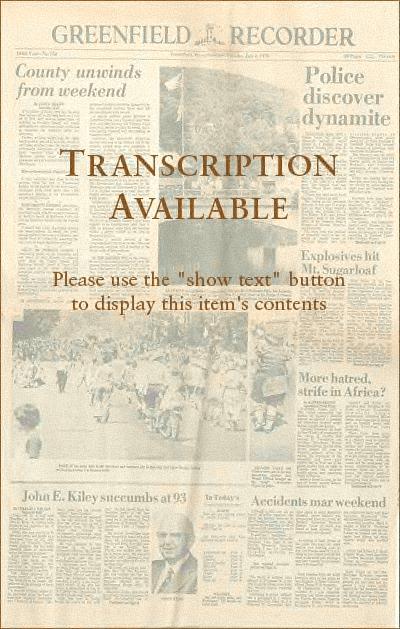




Advanced Search
| Online Collection |
|
|||||||||||||||||||||
|
The massive student-led strike against the Vietnam War in May of 1970 was not restricted to teach-ins, rallies and other forms of protest. In mid-May, students, professors and college administrators from across the country went to Washington to speak with their Congressmen. The United States Constitution includes checks and balances so that war powers are divided between the Congress and the President. Among its powers the Congress can declare war and can "raise and support armies". The President is named "Commander in Chief" of the U.S. Military. The President's powers as Commander in Chief, however, are not clear. Just what the powers of the Commander in Chief are remains debated to this day. Although Congress had not declared war, with the Gulf of Tonkin Resolution of 1964, the House of Representatives and the Senate gave President Johnson permission to take broad military action in Vietnam. The students and citizens who traveled to Washington D.C. in the spring of 1970, hoped to persuade their representatives to become more actively involved in decisions about the United States military operations in Vietnam, Laos and Cambodia.
|
"Students Trying to Convert Congressmen" article in The Greenfield Recorder newspaper
|
| |
Home | Online Collection | Things
To Do | Turns
Exhibit | Classroom | Chronologies | My
Collection
About This Site | Site Index | Site Search | Feedback


